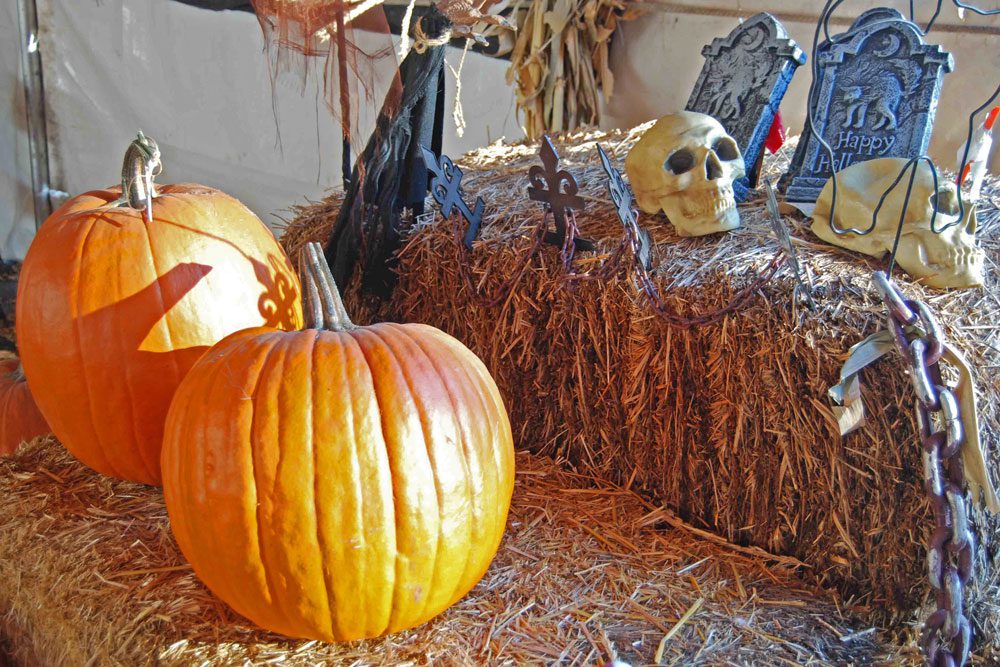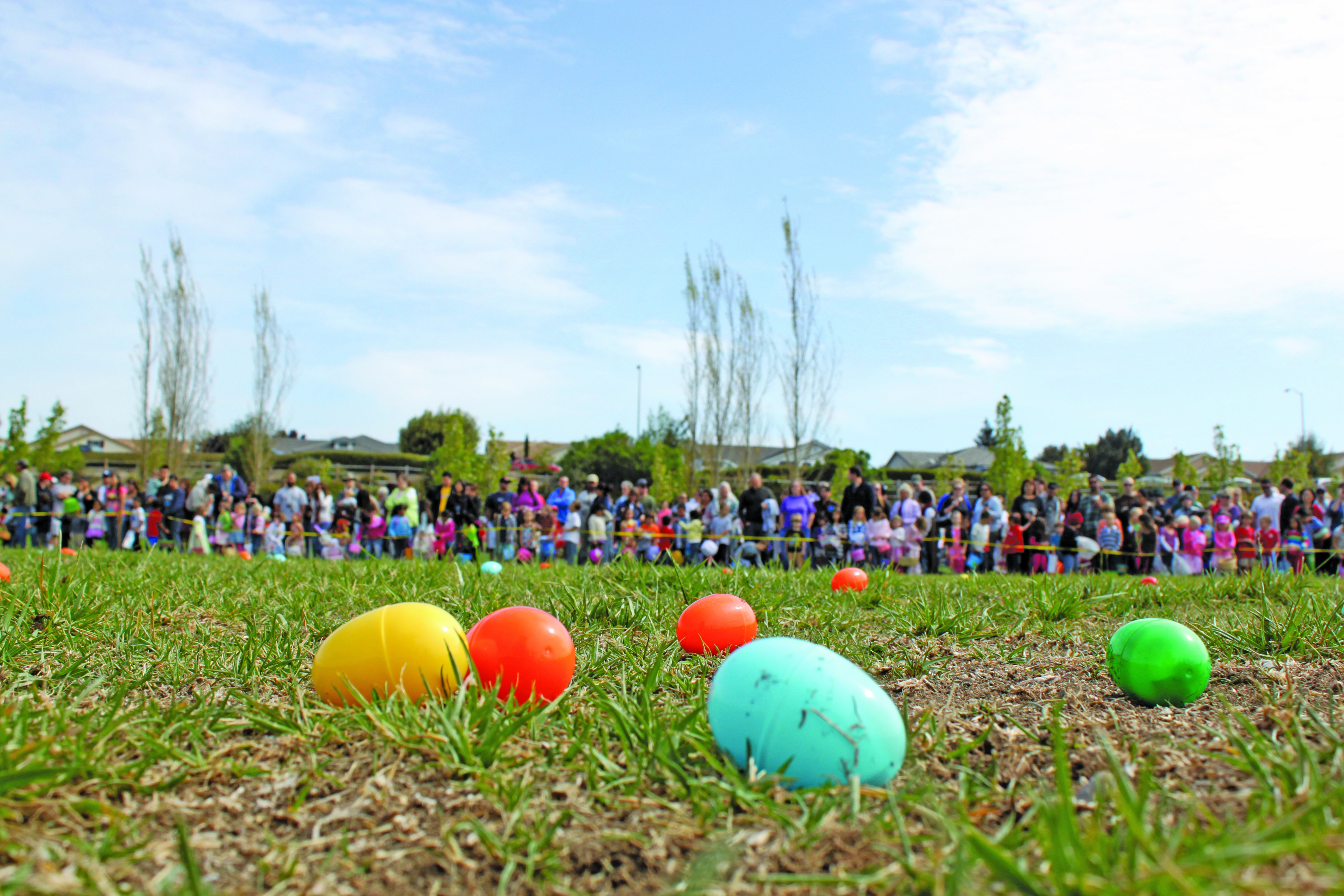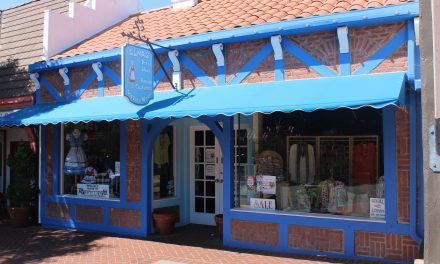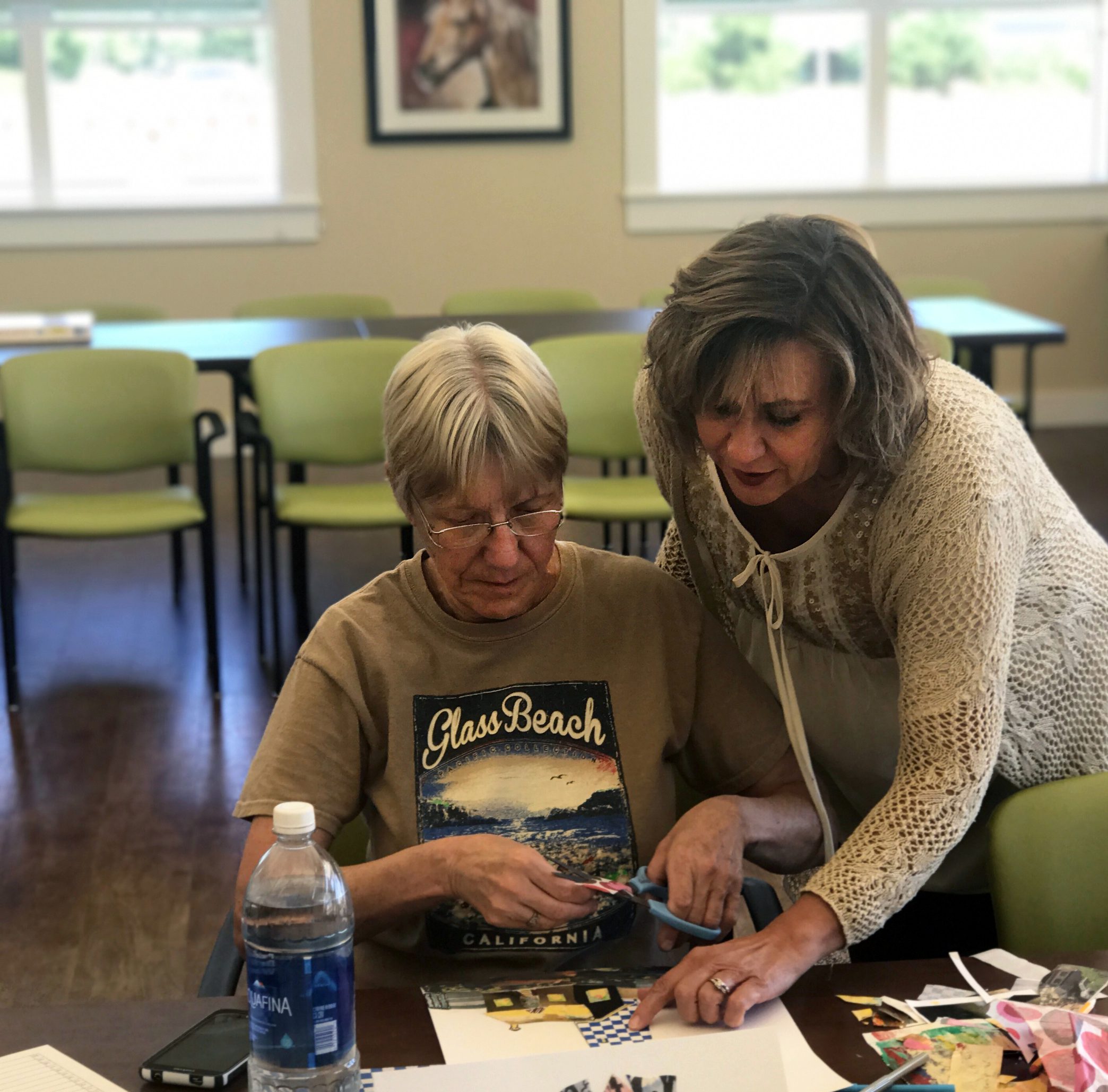HOLIDAY HISTORY
By John Copeland
October is a month of changes in the world around us. Yes, we still have warm days, but the nights cool off faster, and the hours of daylight are growing shorter and the hours of darkness are increasing.
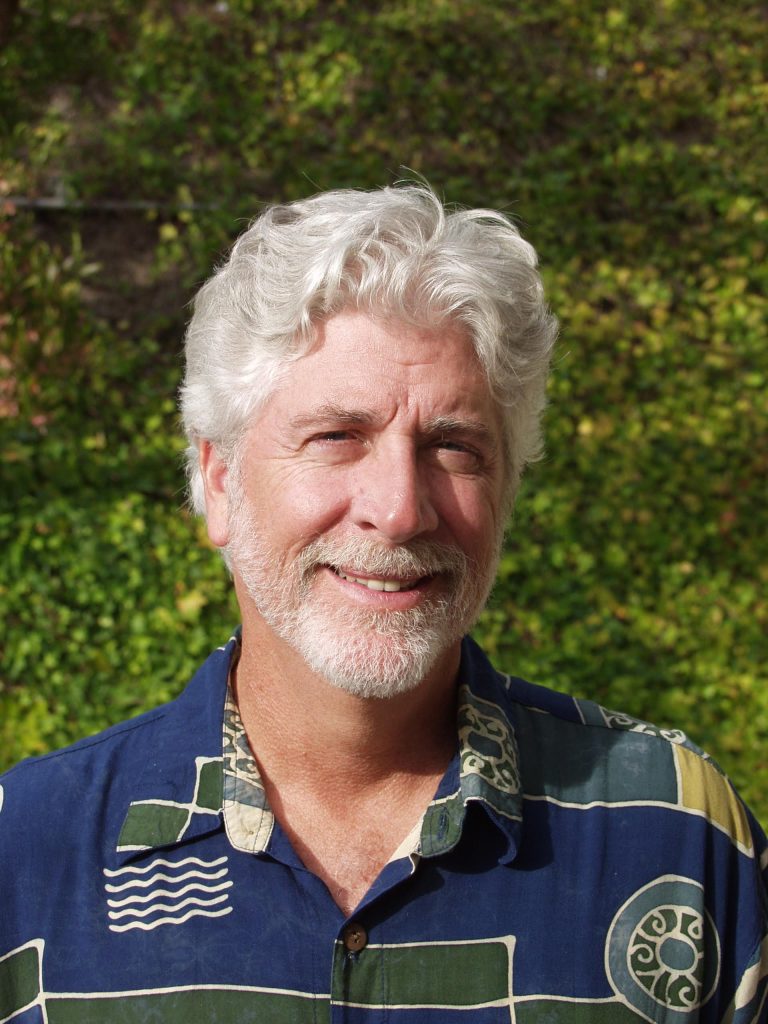
On Oct. 31, we celebrate Halloween with its witches, ghost, goblins and scary things that go bump in the night. On Halloween, we also cross into what our ancestors considered to be the dark half of the year.
Besides New Year’s, Halloween is one of the oldest holidays still celebrated today. A night of magic and mystery that originally celebrated the inextricable link between seasonal and life cycles. Halloween has not simply survived, it’scontinued to thrive over its long history. Here in the United States, it’s one of our most popular holidays, second only to Christmas.
The origins of Halloween can be traced back directly to the ancient Celtic festival Samhain (sow-in, the first part rhyming with cow). The Romans, the Christian Church, and ultimately, modern society have all had a hand in altering this holiday. Today, even the most contemporary traditions preserve traces of Halloween’s ancient past.
The Celts divided their year into eight major holidays and two seasons of light and dark. The season of light began May 1 on Beltane. The season of darkness began on Samhain, on the eve of Nov. 1, a magically potent time. The word Samhain translates, from ancient Gaelic as “summers end,” and in contemporary Irish Gaelic, Samhain is the name for the month of November.
For the Celts, Samhain was harvest’s end. It was also the end of the year and the beginning of the new year. It was “in between” the two years and on this night, the boundary between the worlds of the living and the dead was at its weakest allowing creatures of the night to mingle with the living.
Many scholars believe that the ancient Celts would disguise themselves with animal skins and masks and make lots of noise in an effort to ward off malevolent spirits. They also left gifts and treats outside their dwellings to pacify spirits on Samhain night. These are the customs at the root of today’s costume parties and trick-or-treating.
On Samhain, all household fires were extinguished. At dawn, brands were taken from the hilltop bonfires and used to rekindle the hearth fires. In relighting their hearth fires, the ancient Celts surely had a sense they were also kindling new dreams, projects, and hopes for the year to come.
By 43 BCE, the Romans had conquered nearly all of the Celtic lands. As conquerors, the Romans were surprisingly accepting of the beliefs of other cultures. In the course of the 400 years that they ruled “Celtic Europe,” two Roman festivals were combined in the Celtic celebration of Samhain.
The first was Feralia, commemorated the passing of the dead. The other was the festival of Pomona, Roman goddess of fruit and trees. The symbol of Pomona was an apple, which was a special fruit to the Celts: At the heart of the Celtic Otherworld grew an apple tree whose fruit had magical properties.
When Christian missionaries began converting the Celtic people, Pope Gregory I issued an edict to his missionaries. Rather than obliterate the pagan customs, Pope Gregory instructed his missionaries to use them.
This proved to be a brilliant concept and helped spread Christianity across Celtic territories. The combining of Samhain and All Saints Day into Halloween is an excellent example. All Saints Day, also known as All Hallows, was originallycelebrated in late May. The evening before was All Hallows Eve, which in turn became Hallowe’en. Can you imagine trick or treating among the flowers in May?
Moving the holiday from warm spring-like weather to chilly autumn, however, changed the whole nature of the celebration. The powerful symbolism of wandering dead was too strong for the human psyche to be satisfied with the abstract Catholic feast honoring saints. Common folk continued to celebrate All Hallows Eve, but all the characters of the night were now evil, like witches.
In the melting pot of Colonial America, traditions continued to merge giving birth to a distinctly American version of Halloween. Colonial Halloween festivities featured the telling ghost stories and mischief-making of all kinds. By the early 19th century, Halloween was not universally celebrated.
In the mid-19th century, America was flooded with millions of Irish fleeing Ireland’s potato famine. Trick-or-treating came to America from Ireland, where children of tenant farmers would go to the lord’s or landlord’s manor demanding treats or they would play pranks.
Irish children would carry with them jack-o’lanterns made by hollowing out a turnip or sugar beet and carving them with facial features. These would be illuminated by a candle placed in the inside. The original idea behind this may have been to frighten off any supernatural forces that might be about.
Pumpkins are America’s contribution to Halloween. Big orange veggies are pretty odd as far as holiday symbols go, but there are actual historical reasons why we carve pumpkins for Halloween. In North America, pumpkins are more readily available and much larger than turnips or sugar beets making them easier to carve.
By the turn of the century, in America, Halloween parties for both children and adults were the most common way to celebrate the day. Somewhere between 1920 and 1950, the centuries-old practice of trick-or-treating door-to-door was revived and it has continued to grow. Today, Americans spend about $7 billion on Halloween. Halloween has managed to achieve a national status without the holiday standing of say, the 4th of July or Christmas.
Halloween has endured because it allows its participants to both embrace and defuse their fears. From the ancient Celts seeking to appease the spirits that wandered the countryside on Samhain night to the little vampires and fairies trick-or-treating at your door, Halloween’s adaptability is the reason it remains, for over 2,000 years, the most bewitching night of the year.

